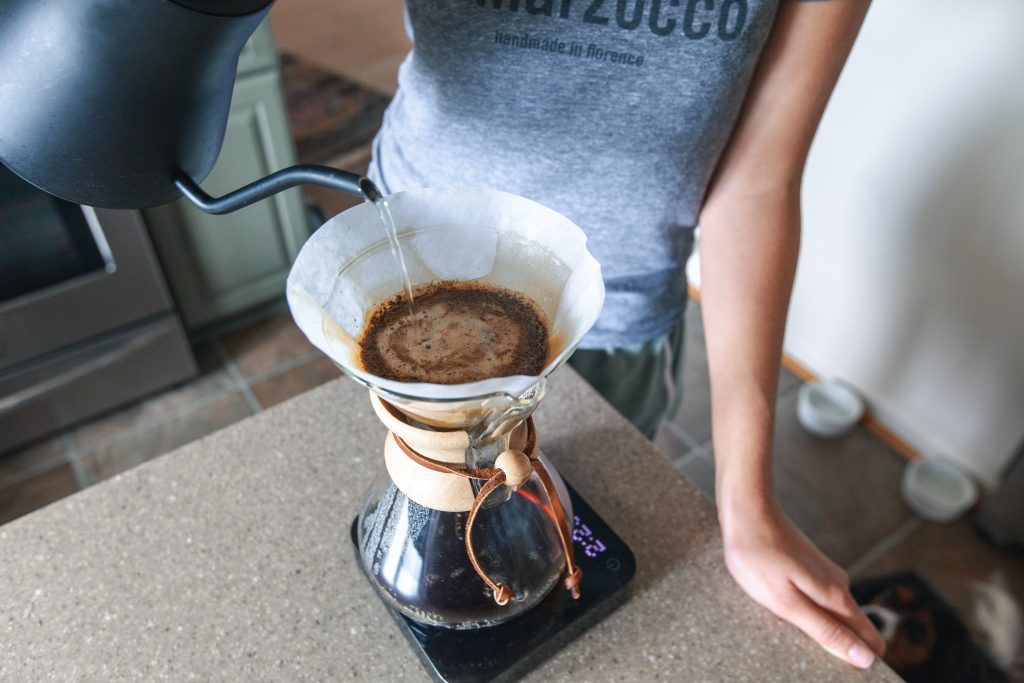Tasting Coffee
Randy and I have been enjoying coffee tasting together for almost a decade. We have formalized the process, but we don’t call it “cupping” because, cupping is a formal process to rate coffee quality. We already have the highest quality coffees. Our quest is to get the most out of them.
We developed our own tasting protocol in which we brew coffee with a variety of methods like our customers do at home and tune our roasts and blends based on that.
We’ve learned a lot over the years. Here are some of our interesting findings.
Tasting is Perception

Resting Coffee Period
Did you know that coffee needs to rest for at least a day after roasting before its flavours fully emerge? Before that a bad coffee can taste ok and a brilliant coffee may not be obvious. Like red wine needs to breath after opening, coffee needs to rest for at least a day and some need up to 3 days. A roast that needs longer than that may not be holding well and the roast profile should probably be adjusted.


Tasting is very, very context sensitive
The sequence of tasting coffees has a remarkable impact on the perception of taste. Just like in music, certain notes together can be dissonant while apart they can be beautiful. Similarly, coffee flavours can clash or compliment. We have learned to try coffees in various sequences to verify our experience of the coffee.
We have learned that what we have for breakfast can influence coffee flavours an hour later. We even noticed that, because flavour profiles change as the cup cools, that the second cup of a coffee may not seem to taste as good as the first one!

Brewing Temperature is Remarkably Important
We recently had a technical problem with the brewer at the cafe that caused it to brew to hot by about 5 degrees F. It scorched the coffee to the extent that we held off launching a new coffee until the brewer was repaired and re-calibrated. The coffee was over-extracted, unbalanced and somewhat bitter. The same coffee brewed at the correct temperature (we use about 200F) is balanced, smooth and pretty.
At the other end of the spectrum, brewing at a lower temperature results in under-extraction that tends towards sour undeveloped flavours.
Grind Size is Remarkably Important
If your coffee grounds are too coarse, the brew will be under extracted. This leads to an unbalanced often hollow or sour experience.
If your grounds are too find, the brew will be over extracted. This leads to bitter and overpowering brew.
To make the situation more complicated, the grind size needs to be matched to the brew method.



